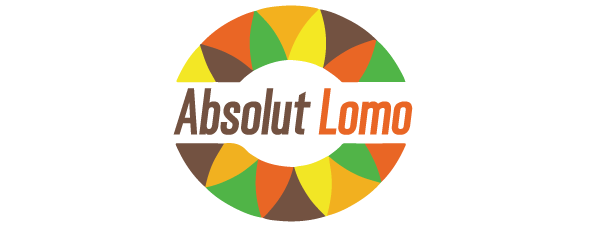Besides their basic Utilization in labs, lab chemicals are also used by a number of industries for their production functions. And obviously, the businesses too have to abide by the standards related to these chemicals for producing their products. The one with poisonous properties must be tagged and shipped properly. The laboratory Compounds are classified under several categories. The most accepted classification is offered by American Chemical Society under which they are called ACS Grade Chemicals. The chemicals below this grade are properly analyzed by the scientists for their ecological consequences. Following are the kinds of laboratory chemicals.
- Amino Acids: These are the chemicals that build up protein that is a significant content of our body cell. Amino acids are classified into two kinds, namely nonessential and essential amino acids. These chemicals are derived from natural products. In the lab, they are used for the development and research functions.
- Biopharmaceuticals: These chemicals are made by biotechnological techniques and are used as medical drugs. Normally, they comprise of proteins like nucleic acids DNA and RNA and antibodies. They are essentially used for the use of treatments in diagnostic needs. The majority of the biopharmaceuticals are extracted from living organisms.
- Chromatics: Paper Chromatography is the procedure for determining whether a specific compound is present in the liquid or gaseous form. This procedure employs a stationary phase procedure where a specific mixture is dissolved in the chromatic chemical and then out of it the essential substance is isolated.
- Cosmetic Dentistry Cosmetic products are usually utilized by ordinary individuals for their personal care and as the hygiene products. These products range from soaps and shampoos to the perfumes, moisturizers, creams, etc. which are used on daily basis both before bathing and after bathing. As these ingredients are placed on the skin, therefore, they need to pass all the criteria set by chemical market.
Another classification of lab chemicals is done on the basis of organic and inorganic compounds. Organic ones are the ones which are produced naturally and contain carbon, while the rest are inorganic chemicals. A manual spectrometer does not necessarily require a calibration every time. Many methods written for guide spectrometers merely say, examine a check standard with every sample set. In actuality, the stability of the calibration curve is the underlying concept behind direct reading spectrophotometers and filter wheel procedures. For many colorimetric tests, the equilibrium of the curve far exceeds the equilibrium of the criteria or the reagents. Some examples are nitrite and phosphate.
